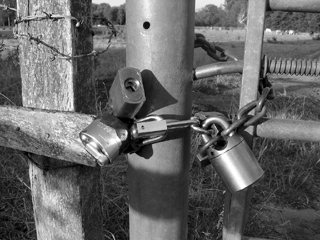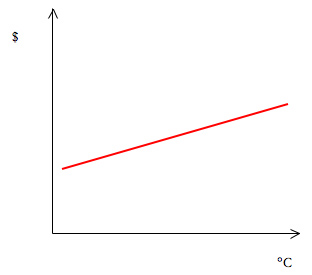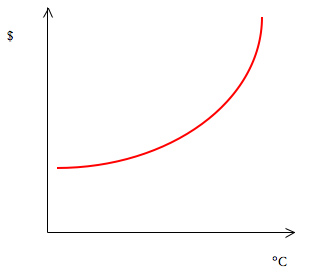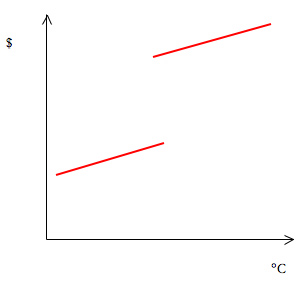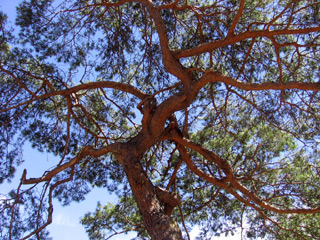Among environmentalists these days, the mark that you are a hard-headed realist committed to stopping climate change is that you have come to support nuclear power. (See Patrick Moore, one founder of Greenpeace, in the Washington Post.) While appealing in principle, the argument goes, renewable sources of energy just can’t generate the oomph we need as an advanced industrial society – at least, not quickly enough to get us out of the hole we’ve been digging ourselves into through fossil fuel dependence.
I am sympathetic to the argument. A good case can be made for employing considerable caution when dealing with something as essential and imperfectly understood as the Earth’s climatic system. Nuclear power is strategically appealing – it could reduce the levels of geopolitical influence of some really nasty governments like Iran, Saudi Arabia, and Russia. It is appealing insofar as carbon emissions are concerned, though it is not quite as zero-emission as some zealots claim, once you take into account things like fuel mining and refining, transport, and construction. It is appealing insofar as it can generate really huge amounts of power, provided we can find people who are willing to have reactors in their vicinities.
The big problem, obviously, is nuclear waste. Nuclear reactors produce high level radioactive waste, as well as becoming radioactive themselves over the course of time. The scales across which such waste is dangerous dwarf recorded human history. Wastes like Plutonium-239 will remain extremely dangerous for tens of millennia. As The Economist effectively explains it:
In Britain only a few ancient henges and barrows have endured for anything like the amount of time that a nuclear waste dump will be expected to last—Stonehenge, the most famous, is “only” 4,300 years old. How best, for example, to convey the concept of dangerous radiation to people who may be exploring the site ten thousand years from now? By that time English (or any other modern language) could be as dead as Parthian or Linear A, and the British government as dim a memory as the pharaohs are today.
In fairness, we have some reason to believe that future generations will be more capable of dealing with high level radioactive waste than we are. There is likewise some reason to believe that we can bury the stuff such that it will never trouble us again. Much of it has, after all, been dumped in far less secure conditions. Chernobyl remains entombed in a block of degrading concrete, and substantial portions of the Soviet nuclear fleet have sank or been scuttled with nuclear waste aboard. (See: One, two, three) Off the coast of the Kola Peninsula near Norway, 135 nuclear reactors from 71 decommissioned Soviet submarines were scuttled in the Berrents Sea during the Cold War. In addition, the Soviet Union dumped nuclear waste at 10 sites in the Sea of Japan between 1966 and 1991.
In the end, I don’t find the argument for long-term geological storage to be adequate. We cannot make vessels that will endure the period across which these materials will be dangerous. As such, I do not think we can live up to our obligations towards members of future generations if we continue to generate such wastes – though that is unlikely to matter much to politicians facing US$100 a barrel oil. Pressed to do so, I am confident that a combination of reduction in the usage of energy and the development of renewable sources could deal with the twin problems of climate change and the depletion of oil resources. The short term cost might be a lot higher than that associated with nuclear energy, but it seems the more prudent course to take.
All that said, I very much encourage someone to argue the contrary position.

